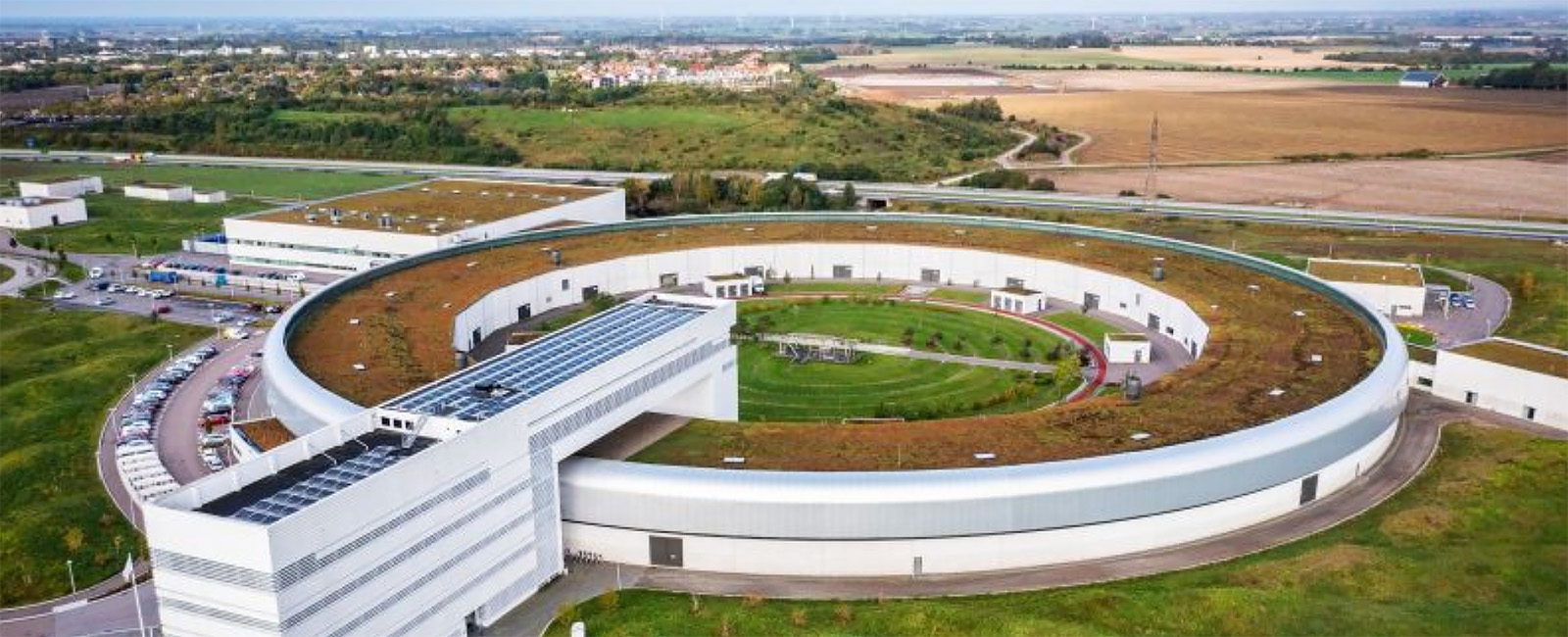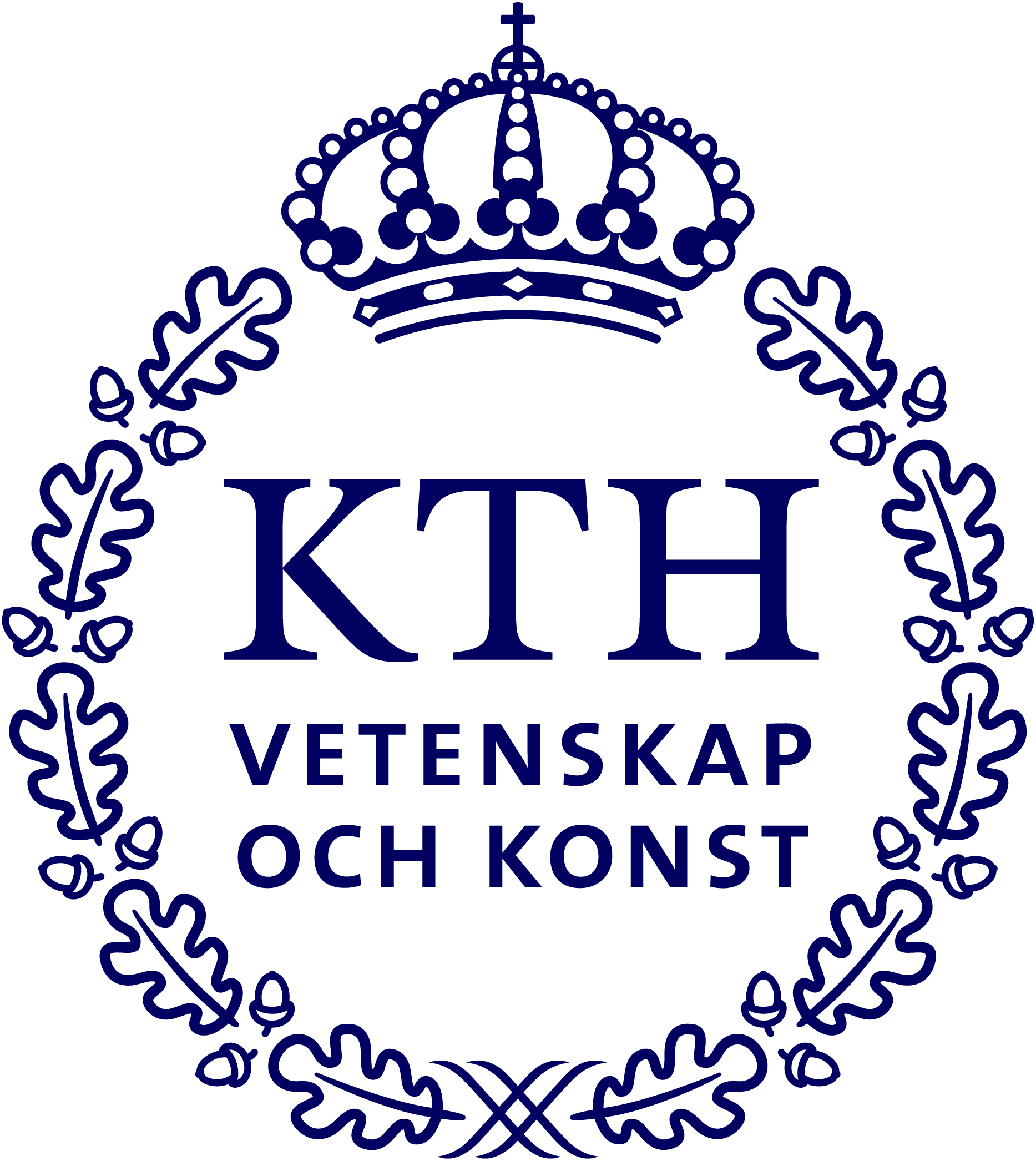Synchrotron Radiation

Synchrotron X-ray facilities produce extremely bright, tunable beams of X-rays by accelerating electrons in circular storage rings. These X-rays are used in a wide range of techniques, including diffraction, spectroscopy, imaging, and scattering, to probe the structural, electronic, and chemical properties of materials with atomic-scale precision. They are indispensable in fields such as materials science, biology, chemistry, and environmental science.
Synchrotron radiation is a highly intense, tunable, and collimated beam of electromagnetic radiation produced when charged particles—typically electrons—are accelerated to near-light speeds and forced to travel in curved paths by magnetic fields. This unique light source, which spans from infrared to hard X-rays, is generated at large-scale synchrotron facilities and offers exceptional brightness and coherence compared to conventional laboratory sources.
Techniques
A wide range of advanced experimental techniques can be performed using synchrotron radiation, including X-ray diffraction (XRD), X-ray absorption spectroscopy (XAS), X-ray photoelectron spectroscopy (XPS), angle-resolved photoemission (ARPES), [resonant] inelastic x-ray scattering [R]IXS, small-angle X-ray scattering (SAXS), imaging and tomography, and X-ray fluorescence (XRF) mapping. These methods enable researchers to probe structural, electronic, and chemical properties of materials with atomic-scale resolution.
Areas of use
Synchrotron-based techniques are essential in many research fields, such as materials science, condensed matter physics, chemistry, biology, environmental science, and cultural heritage studies. For example, they are used to determine protein structures, study catalysts under working conditions, and analyze historical artifacts non-destructively. Compared to in-house laboratory equipment, synchrotron radiation offers superior spatial and spectral resolution, higher signal-to-noise ratios, and the ability to study matter in situ or in operando under real-world conditions. These capabilities make synchrotron facilities indispensable for tackling scientific questions that require precision and sensitivity beyond the reach of standard lab tools.
Facilities around the world
Several world-leading synchrotron facilities provide cutting-edge capabilities for scientific research across disciplines. Among the most prominent are ESRF (European Synchrotron Radiation Facility) in France, known for pioneering high-energy X-ray science; Diamond Light Source in the UK; SOLEIL in France; and BESSY II in Germany. In North America, APS (Advanced Photon Source) at Argonne National Laboratory and NSLS-II (National Synchrotron Light Source II) at Brookhaven National Laboratory are major centers of innovation. In Asia, SPring-8 in Japan (see Figure) and SSRF (Shanghai Synchrotron Radiation Facility) in China are internationally recognized for their advanced instrumentation and broad user communities. The Australian Synchrotron and the Canadian Light Source also play vital roles in supporting regional research. These facilities offer unique experimental setups, large user programs, and continuous development to push the boundaries of materials, life, and environmental sciences.
For a list of sources with approximate proposal deadlines and links to external sites, please go to: neutrons.se/RELAX/


